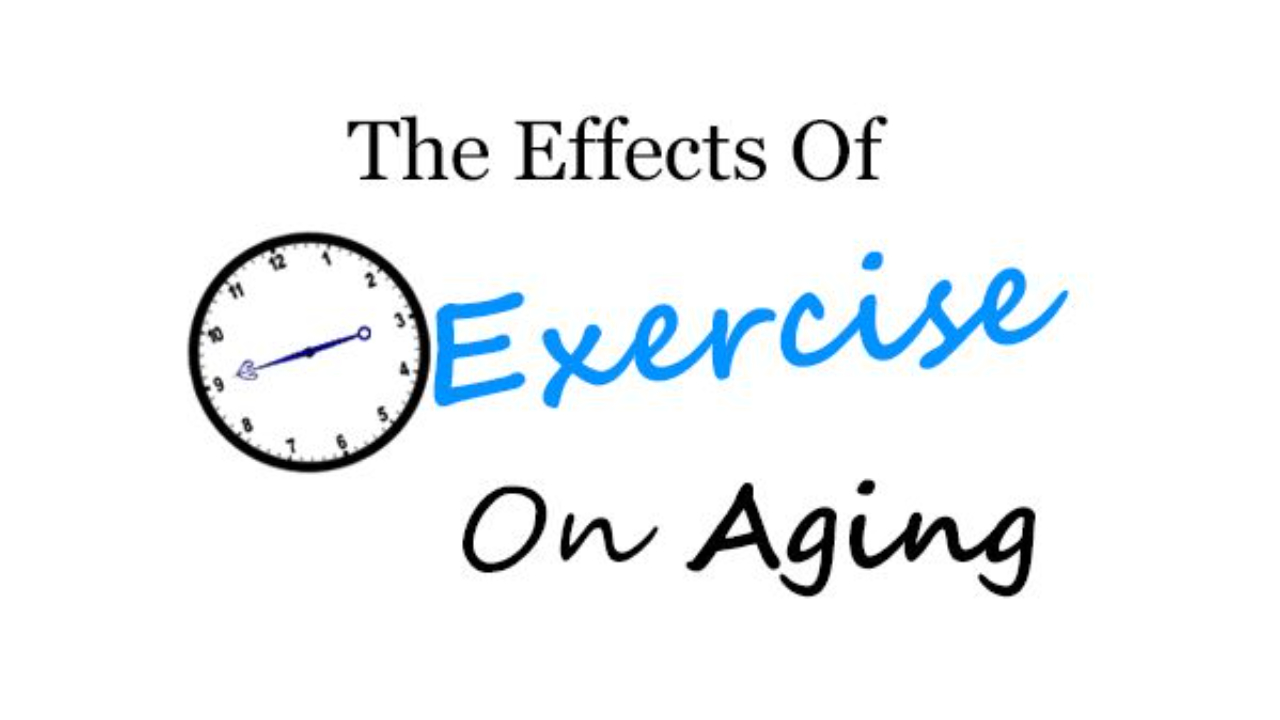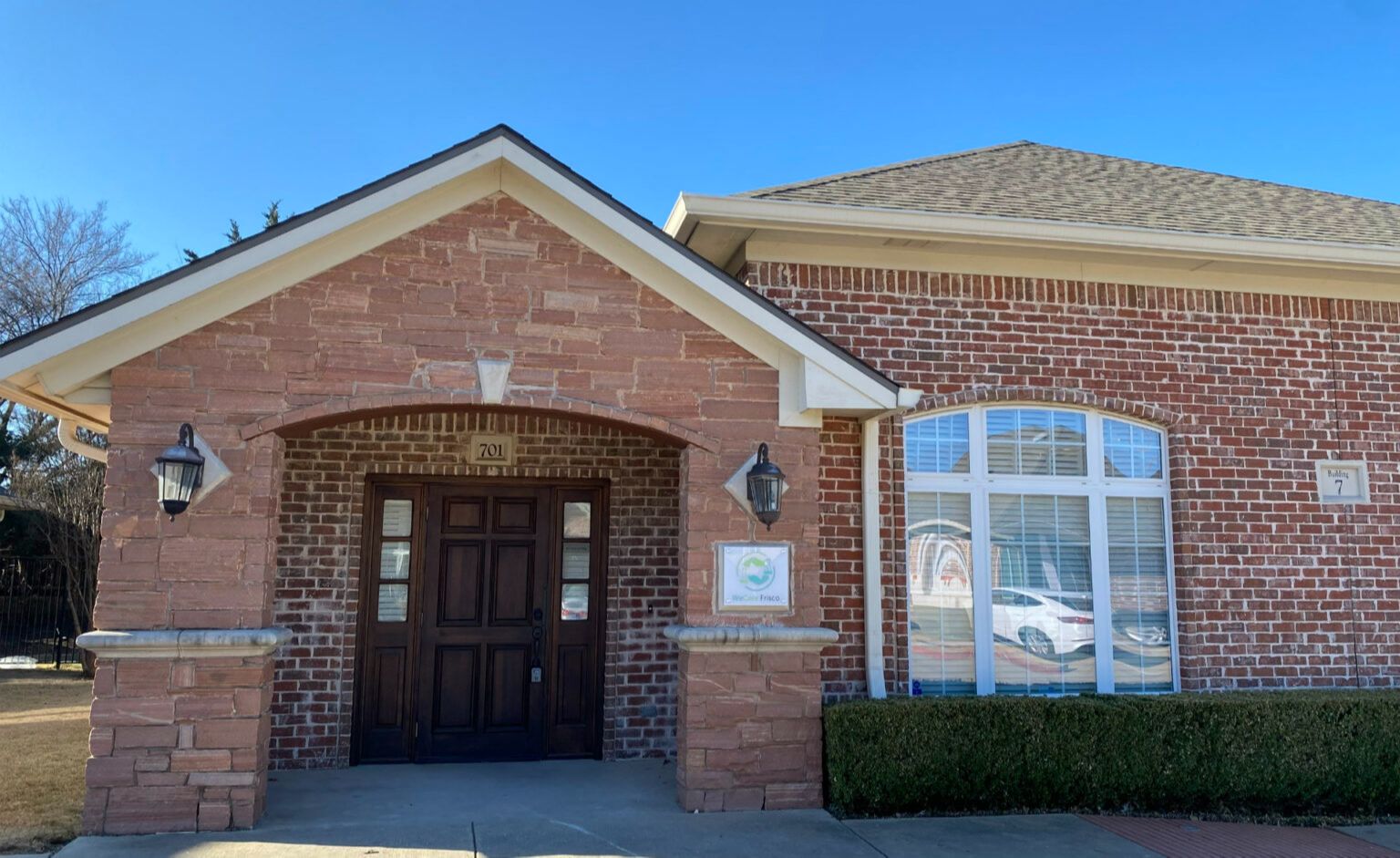
Turning Back Time with Exercise
Oct 14, 2021By Jennifer Engels, MD
Let’s face reality, aging is an inevitable part of our lives. Over time, things change within our bodies, and unfortunately, these changes are not always for the best. We may find ourselves struggling with aching joints, memory and balance issues, difficulty concentrating and the loss of energy, among many age-related issues.
While there can be no doubt that genetics and environmental factors play important roles in the problems we face as the years pass, there is hope.
An increasing body of evidence indicates that regular exercise is the key to slowing and possibly even reversing many of the symptoms that accompany aging. And two forms of exercise that seem especially promising in slowing the aging process are resistance training and high-intensity interval training, known by the acronym HIIT.
Exercise and telomeres
Before discussing these two forms of exercise, we need to explore how exercise affects our body’s cells, and in explaining these I promise not to get too far into the scientific weeds.
Stated briefly, a recent study conducted jointly by exercise scientists at the University of California, San Francisco and the University of Mississippi focused on the effect that exercise has on our telomeres. For those not familiar with telomeres, they’re the tiny, protective caps found on the end of our DNA strands, something similar to the aglets (caps) found at the end of our shoelaces that prevent the laces from fraying.
Like shoelace aglets, telomeres are believed to protect our DNA from damage during cell division and replication. As we age, however, telomeres naturally shorten and fray, and things such as obesity, smoking and diabetes can speed up this process. As a consequence, the affected cells age prematurely.
For the University of California/University of Mississippi study, the researchers gathered exercise data on 6,500 individuals ranging in age from 20 to 84. They basically found that the risk of having unusually shortened telomeres was significantly reduced among individuals in the study group who exercised regularly and engaged in a variety of exercises.
The researchers were careful to state that their study could not determine the amount of exercise needed for telomere maintenance, and their research also did not specifically tell us that longer telomeres mean better health. But they pointed out that this study and many others have shown that telomeres are predictive of mortality. Shorter telomeres equate to shorter lives.
Resistance training
With these conclusions in mind, you may want to consider making resistance training part of your exercise regimen, if you have not already done so.
Loss of muscle mass
About age 30, if nothing is done to reverse it, both men and women begin losing muscle mass – technically known as sarcopenia – at the rate of approximately 10 percent per decade up to about age 50. Beyond that point, the rate accelerates to about 15 percent per decade.
By the eighth decade of our lives, the loss of muscle mass and strength can be severe, greatly affecting the quality of life by increasing our chances of falling and breaking bones, which, in turn, can lead to other severe medical problems.
Resistance training can be a vital part of the antidote to the loss of muscle mass, but it must involve more than picking up a jug of milk or a five-pound dumbbell.
To offset age-related muscle loss and achieve the maximum benefits, many physical therapists believe you need to work toward resistance training involving 60–80 percent of the highest amount you can lift.
Benefits of resistance training
In addition to slowing the loss of muscle mass, resistance training can:
- Help reverse insulin resistance and lower your blood sugar levels.
- Stimulate the body’s production of telomerase, the enzyme that prevents the shortening of those all-important telomeres we mentioned earlier.
How much resistance training do you need?
Again, according to many therapists and trainers, three to four sessions a week, lasting 20 to 30 minutes each should be sufficient.
A word of caution
Before beginning any exercise program, you should first get the approval of your physician. And beyond medical consent, you need to find a qualified trainer or coach to learn how to lift weights without injury and how to gradually progress to heavier resistance loads.
High-intensity interval training
In addition to resistance training, high-intensity interval training (HIIT) can also play a role in slowing the aging process. This type of workout involves short bursts of intense exercise alternating with lower-intensity recovery periods.
Typical HIIT workout
A HIIT workout will range from 10 up to 30 minutes, and as an example, a routine on a stationary bike might involve the following.
- Pedaling for two minutes to warm up
- Then, 20–30 seconds of intense exercise at about 85 percent of your capacity
- A two-minute recovery period, as you continue to pedal at a slower pace
- Another 20–30 seconds of intense exercise
- Another two-minute recovery, etc.
You continue this alternating pattern for the desired length of time, and you could do this kind of workout not only on a stationary bike but also while walking, jogging, swimming or biking outdoors.
Mayo Clinic study of HIIT
While at first glance HIIT might seem a bit daunting, researchers at the Mayo Clinic insist that this kind of training is not just for the young. In fact, they’ve found that HIIT can improve the health of just about anyone and is particularly beneficial for older adults in several ways.
- Mayo Clinic researchers studied the effects of HIIT workouts on people over 65 and found that some age-related deterioration of muscle cells had been reversed.
- HIIT workouts, they also discovered, seemed to change our cells’ DNA in a way that boosted muscles’ ability to produce energy.
- HIIT workouts also triggered the growth of new muscle, helping to counteract the muscle loss that comes with aging.
- Finally, they found that these changes were more dramatic in the over-65 exercisers, compared with a group under the age of 30 who did the same workouts.
Preexisting conditions
In addition to these benefits, interval training is compatible with a number of health conditions such as heart disease and diabetes. In one Mayo Clinic study, people with heart disease who engaged in interval training improved the time required for their heart rate to return to its normal rate after exercise. And that kind of reaction is considered an important marker for longevity.
One possible takeaway from the Mayo Clinic studies: It’s never too late to start exercising and see big gains.
Medical approval and limited workouts
At the same time, however, the clinic’s researchers emphasize that you should always get medical clearance first before beginning any exercise program, and every workout should not be HIIT. One or two HIIT routines a week, with light or moderate exercise in between, should be sufficient, giving your body time to rebuild bones and muscles and increase your strength.
WeCare Frisco
At WeCare Frisco we use a holistic approach to review your body’s systems and maximize your health, whatever your age. We invite you to take our free health assessment so that together we can formulate a plan to address any health concerns you may have, create a suitable exercise regimen to get you moving and help you live your life to its fullest.
If you would like to schedule a consultation, please call our office at 972-668-2636.



